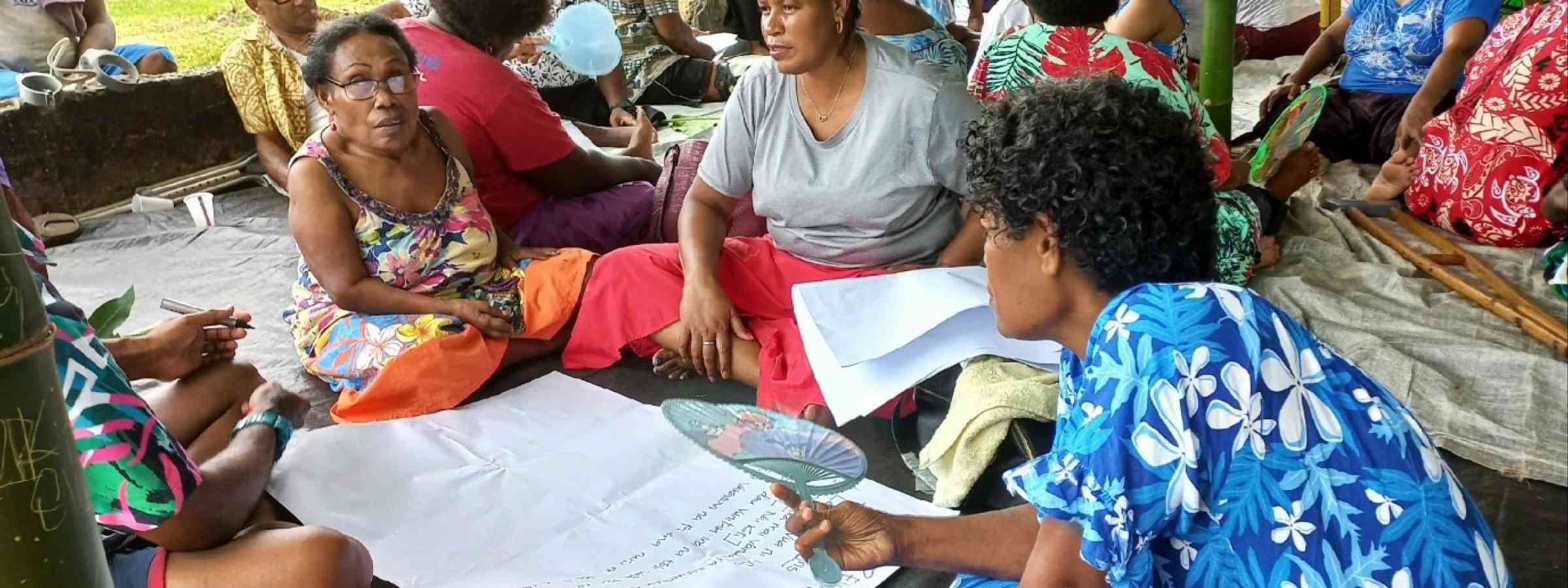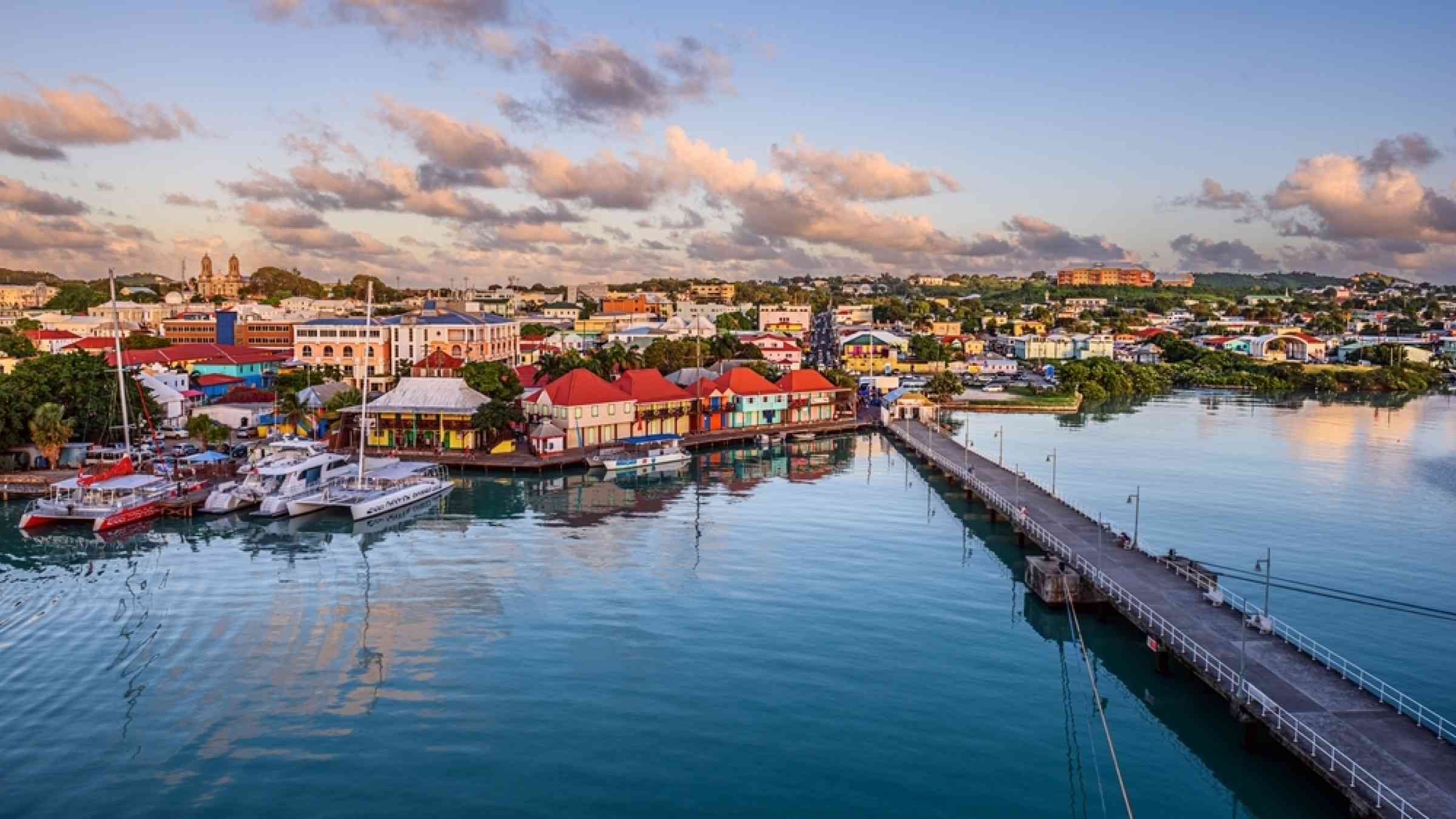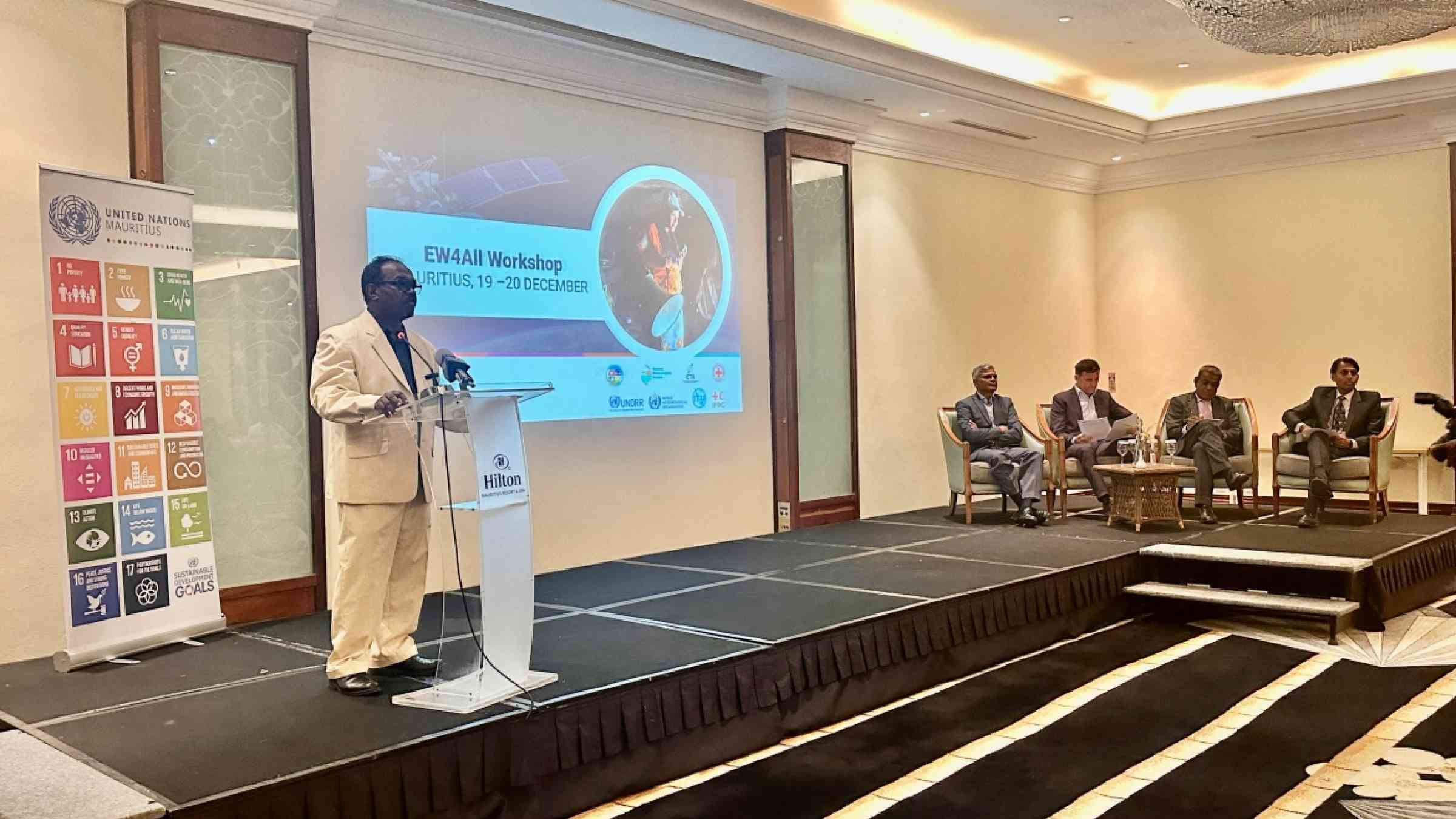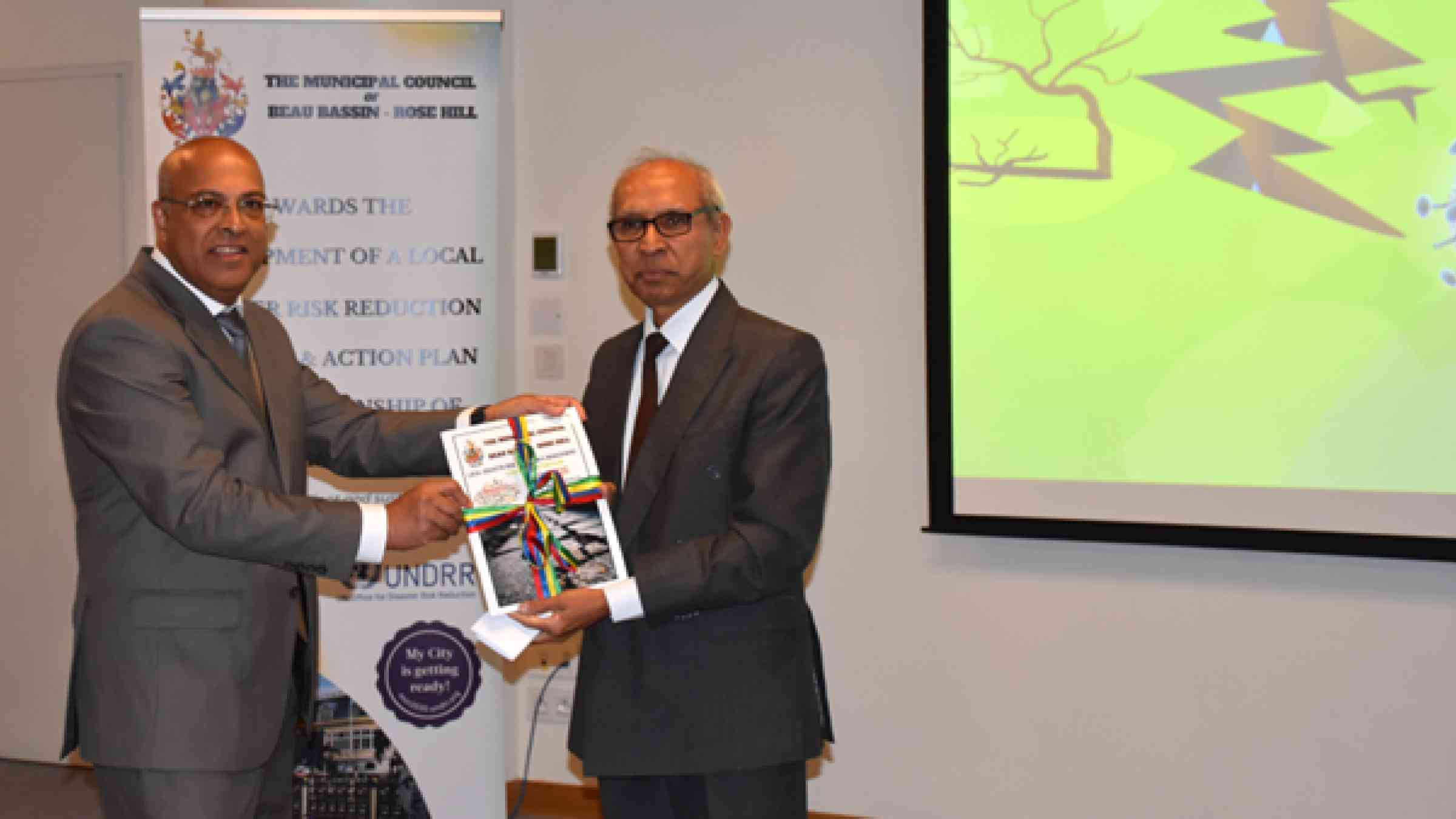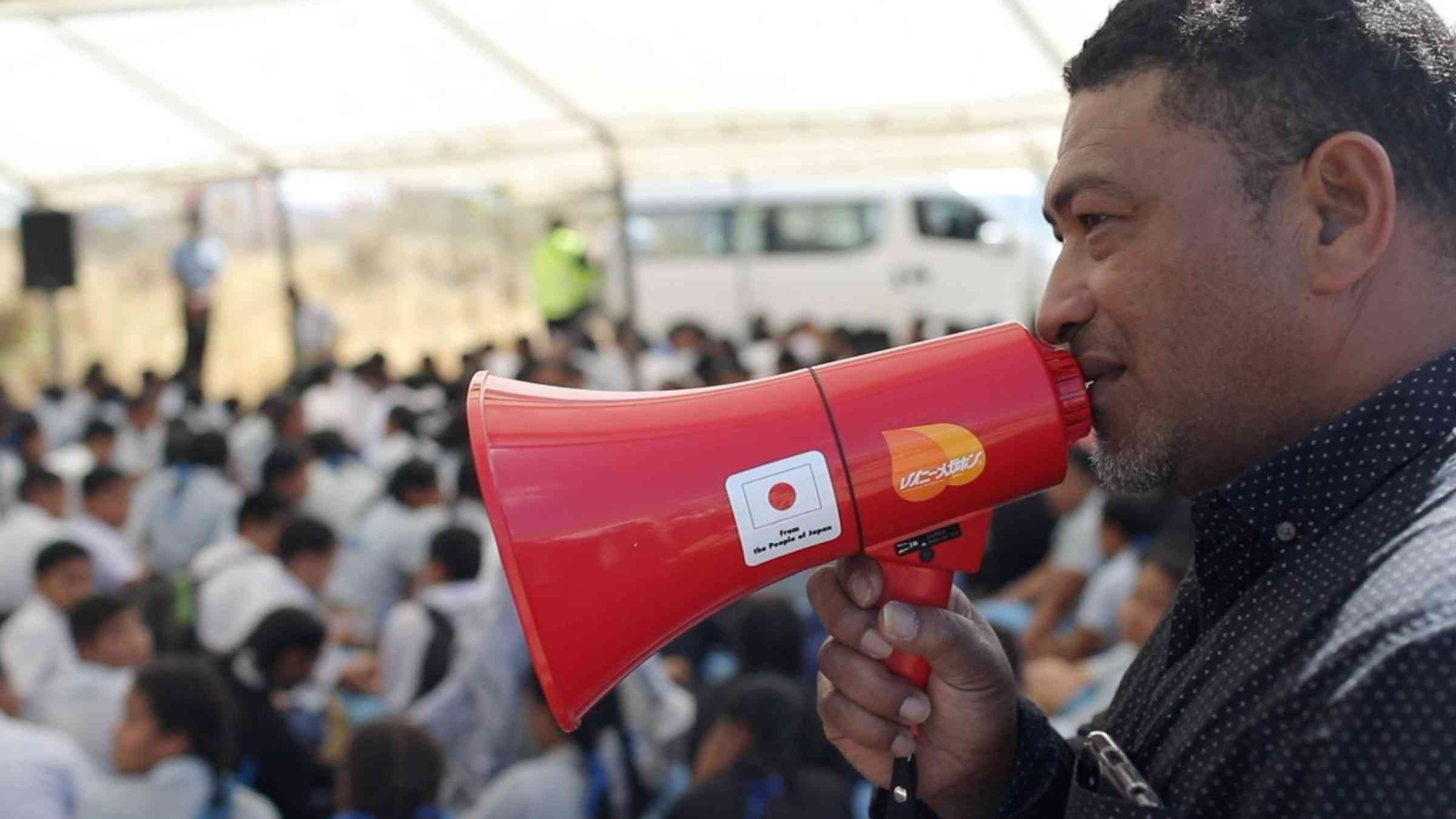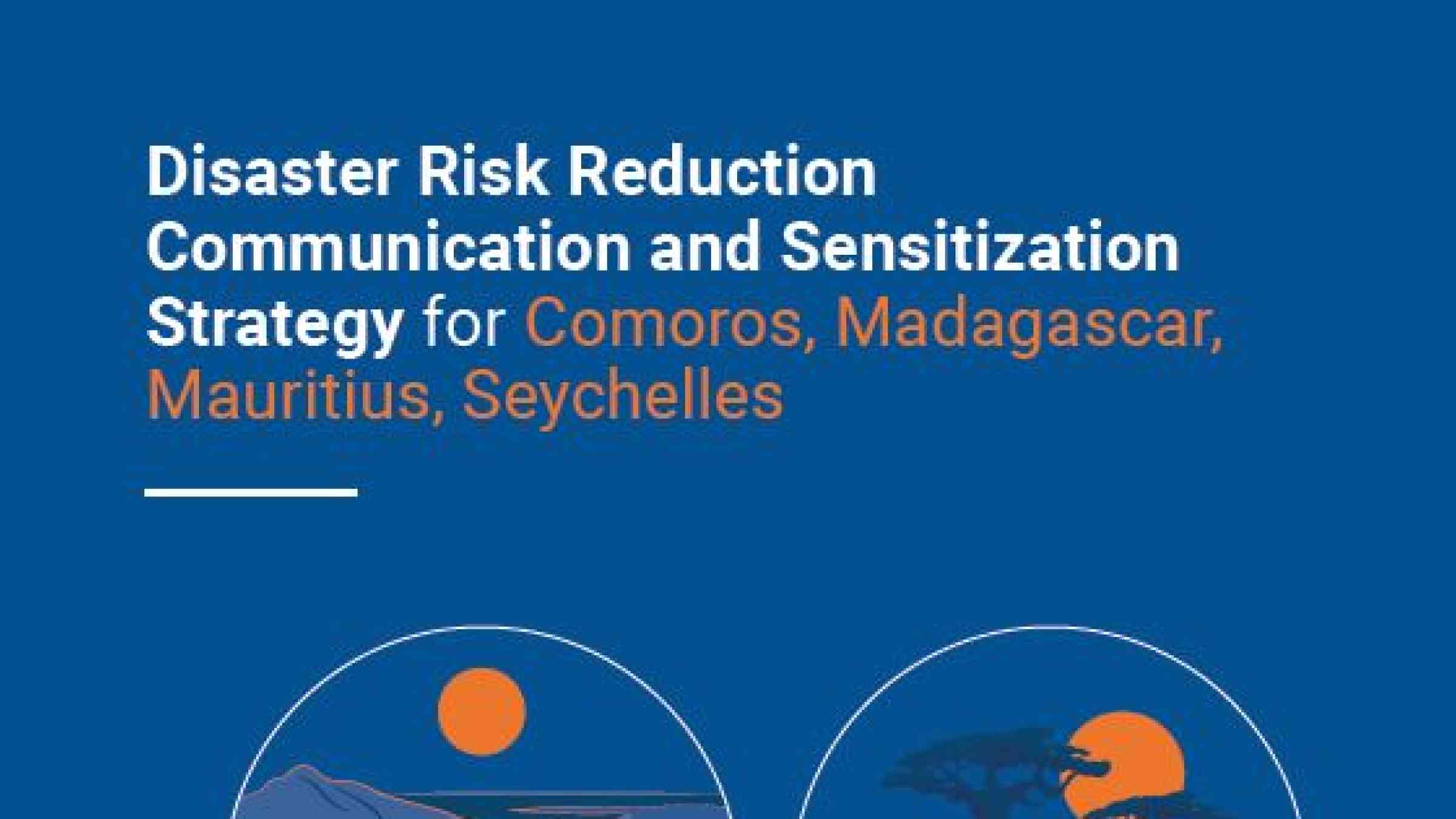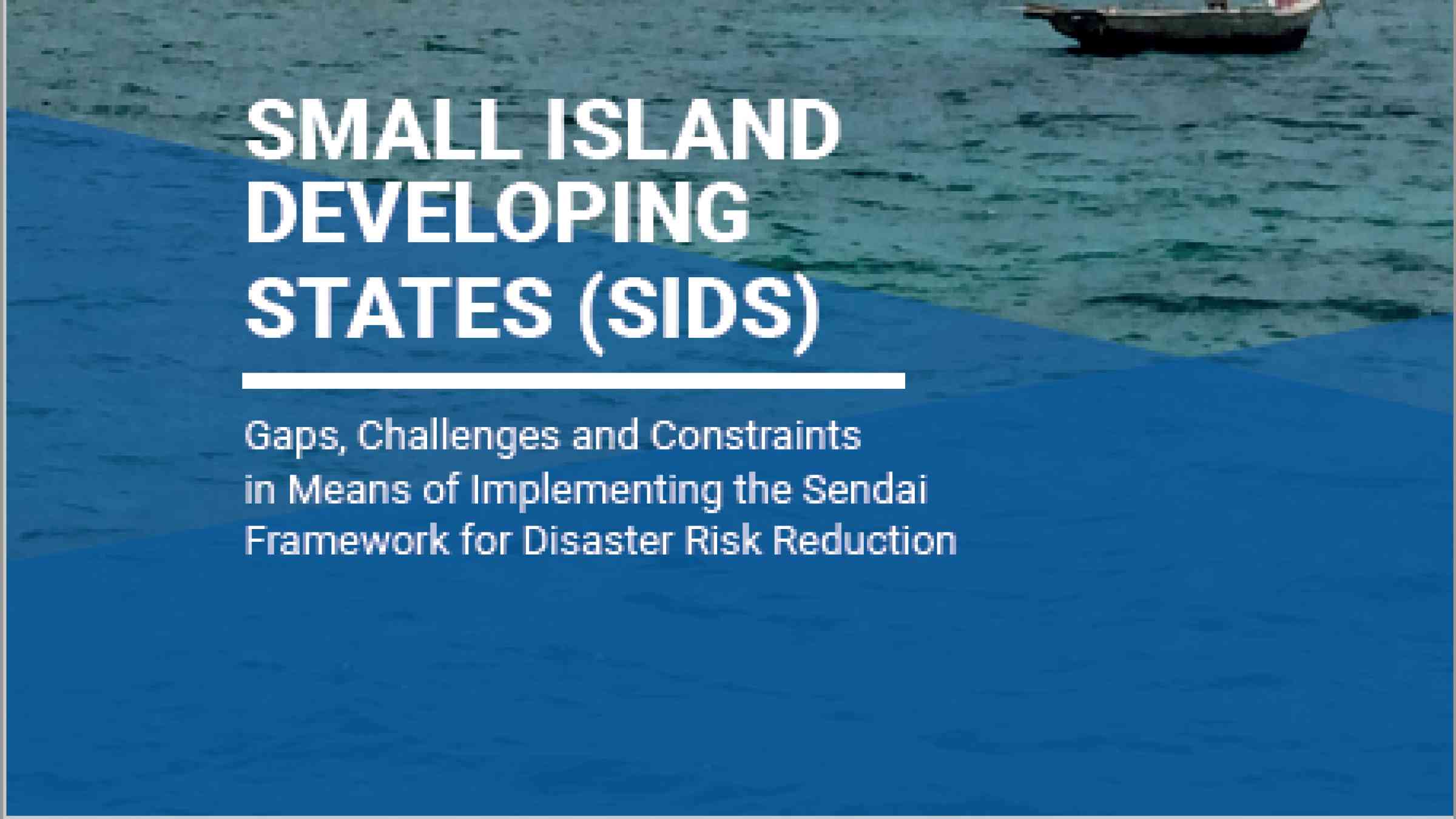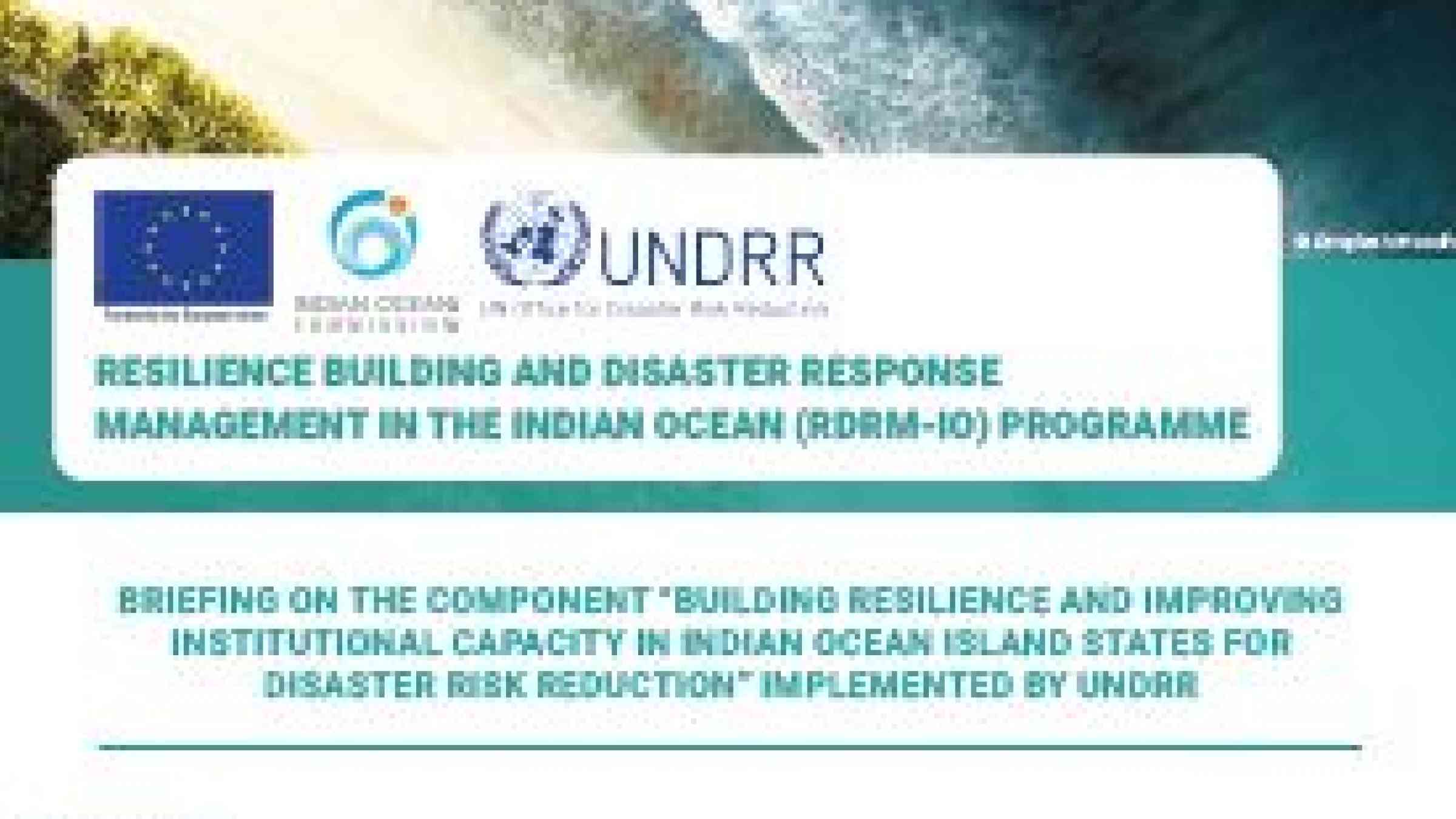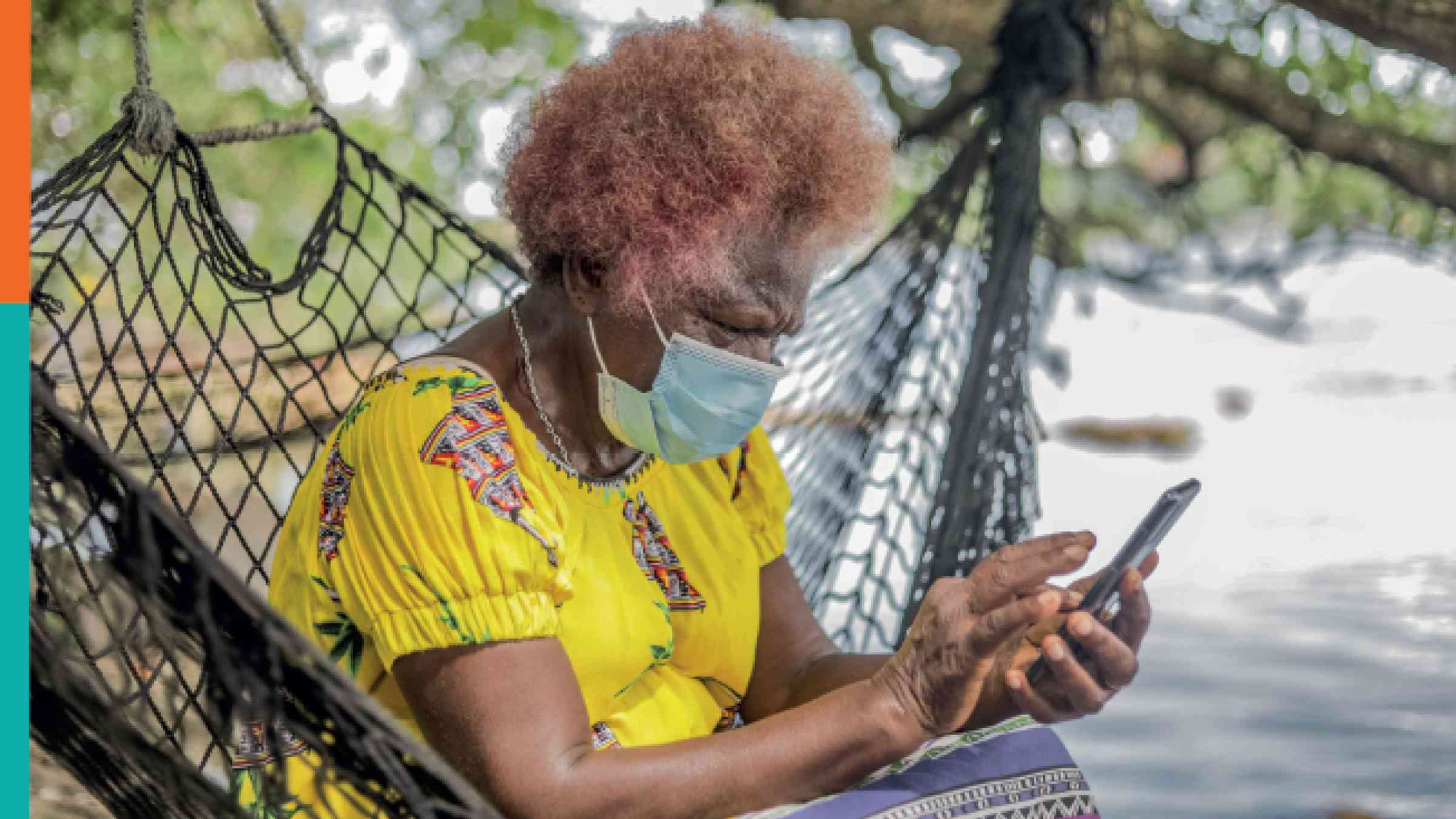Small Island Developing States
Small Island Developing States (SIDs)
SIDS are some of the world’s most disaster-prone countries. They have high exposure and vulnerability to hazards such as cyclones, floods, droughts, sea-level rise, earthquakes, and tsunamis. The disaster mortality rate in SIDS is more than double the global average, according to Sendai Framework Monitor data. Because of their size and remoteness, and the recurrence of more intense and frequent disasters while still recovering, SIDS disaster costs are also among the highest in the world. On average, they experience disaster losses seven times higher than other countries (as a share of their GDP).
The 4th International Conference on Small Island Developing States (SIDS4) is a unique opportunity to integrate disaster risk reduction (DRR) into the successor framework to the SAMOA Pathway. This would help address many of the challenges SIDS have faced in the implementation of the Sendai Framework, and thereby, ensure that SIDS remain on the “course toward resilient prosperity.”
A commitment by SIDS to use the Sendai Framework’s indicators in the monitoring and reporting of the new Programme of Action, where possible, strengthens coherence in implementation and reduce the reporting burden.
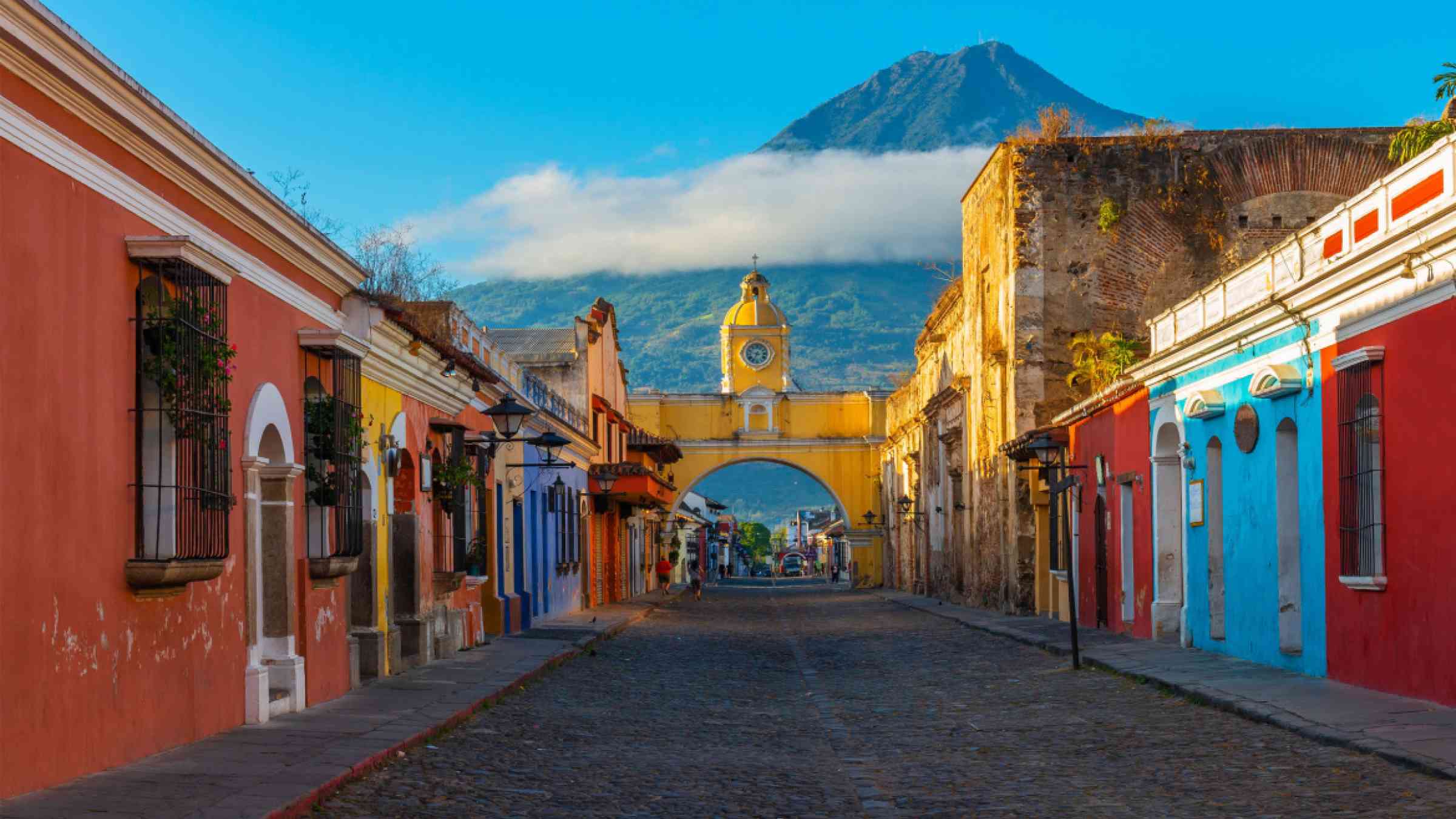
What are SIDS?
- Small Island Developing States (SIDS) are a group of 39 States and 18 Associate Members of United Nations regional commissions.
- They are located in three regions: the Caribbean, the Pacific, and the Atlantic, Indian Ocean and South China Sea (AIS).
- The population of all SIDS is 65 million, slightly less than 1% of the world’s population, yet this group faces disproportionate social, economic, and environmental challenges due to their unique characteristics.
- SIDS are some of the world’s most disaster-prone countries.
- They have high exposure and vulnerability to hazards such as cyclones, floods, droughts, sea-level rise, earthquakes, and tsunamis.
- The disaster mortality rate in SIDS is more than double the global average, according to Sendai Framework Monitor data.
- Disasters in SIDS affect a larger share of the population: on average, 18% of the total population is affected after each disaster in SIDS, compared to 6% in non-SIDS countries.
- SIDS disaster costs are among the highest in the world, due to their size and remoteness, and the recurrence of more intense and frequent disasters while still recovering.
- Over the past fifty years, SIDS have lost $153 billion due to weather, climate, and water-related hazards.
- On average, SIDS experience 2.1 % of GDP loss due to disasters, whereas other countries face an average of 0.3 % of GDP.
- Only 39% of SIDS have reported having a multi-hazard early warning system
On average, 18 percent of the total population is affected after each disaster in SIDS, compared to 6 percent in non-SIDS countries.
(FAO, 2017)
The SIDS4 Opportunity
SIDS have made progress in the implementation of the Sendai Framework, but face numerous challenges across its four priorities of action:
Priority 1: Understanding disaster risk

- Vulnerability in SIDS is multi-dimensional, yet SIDS still face significant data gaps, particularly in rural and remote areas.
- SIDS lack the technology and capacity to strengthen their risk analytics and disaster loss data collection.
Priority 2: Strengthening disaster risk governance
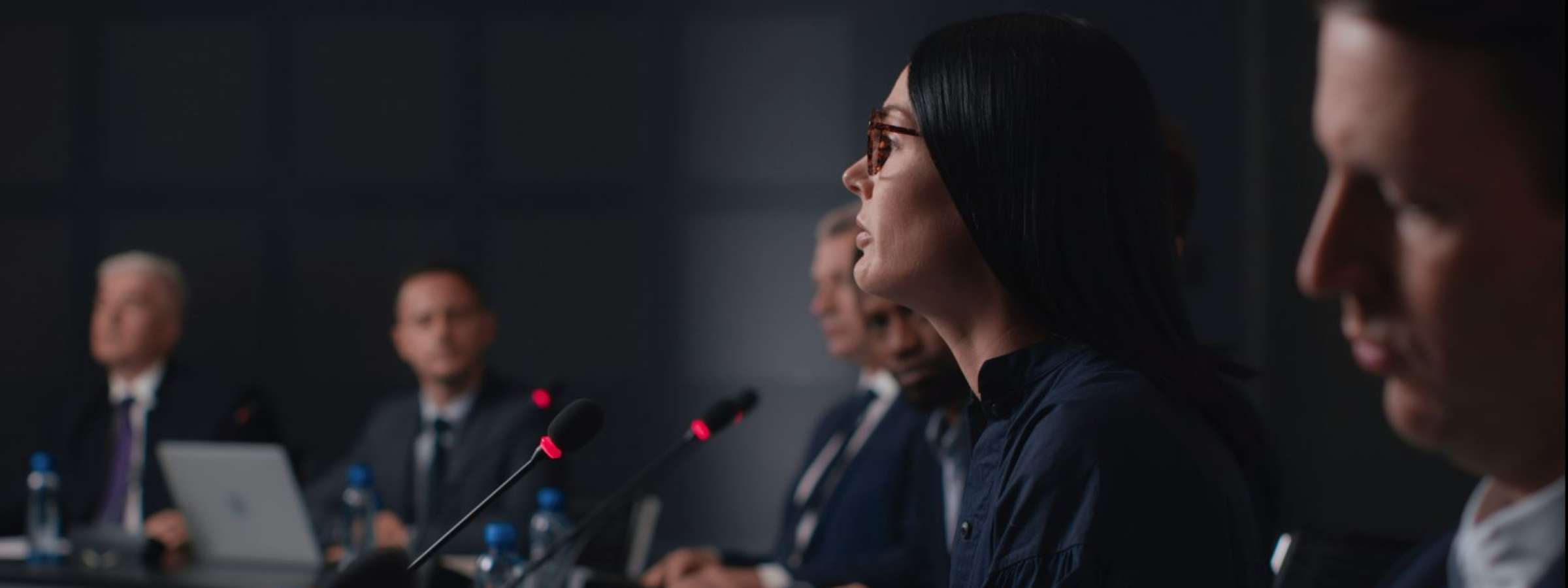
- Some SIDS have been pioneers in integrating disaster risk reduction and climate change adaptation into unified plans. That said, implementation has been slow due to the siloed approach to project development, funding streams, and governance arrangements.
- SIDS are unable to tackle the full spectrum of hazards they face due to multiple factors, including a lack of legal frameworks for disaster risk reduction, lack of decentralized governance, and limited local capacity.
Priority 3: Investing in disaster risk reduction
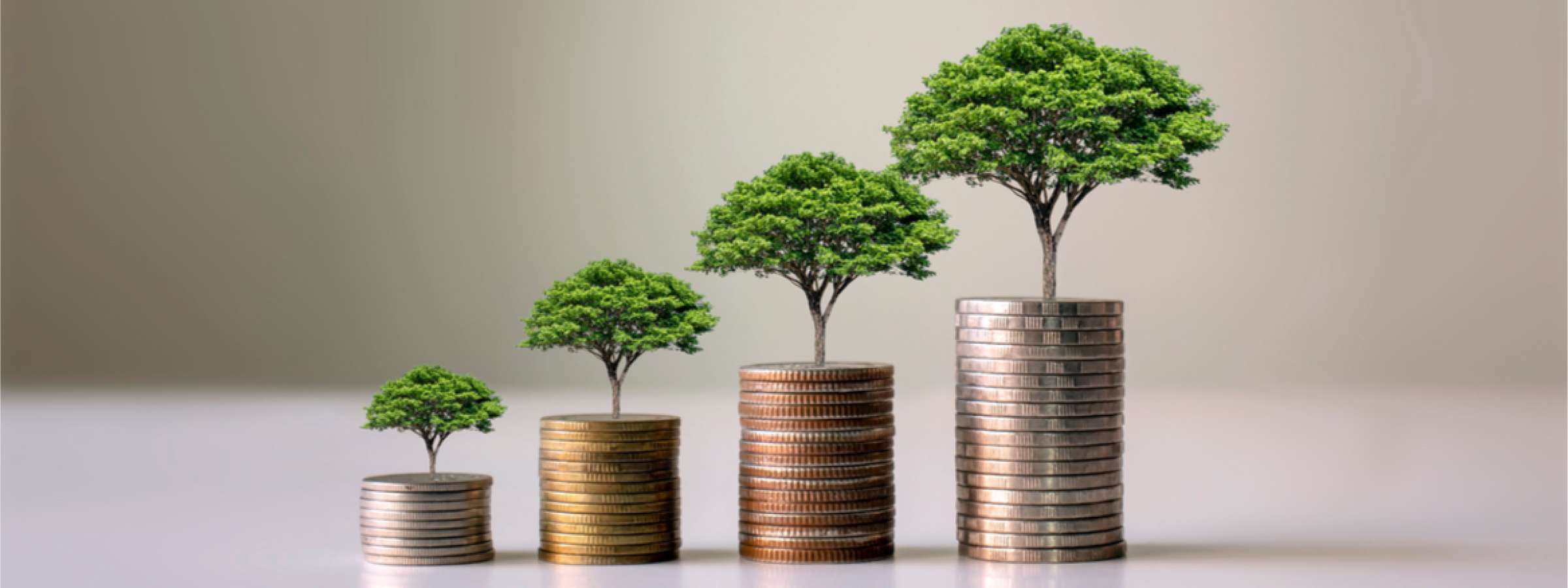
- Amount of financing does not match the scale of existing and emerging disaster risks.
- Composition of available financing is highly skewed towards response, with few resources being dedicated to pre-emptive resilience building.
- Risk considerations are not yet integrated into development and financial decisions, which leads to maladaptation and the creation of new risks.
Priority 4: Enhancing preparedness for response and to build back better
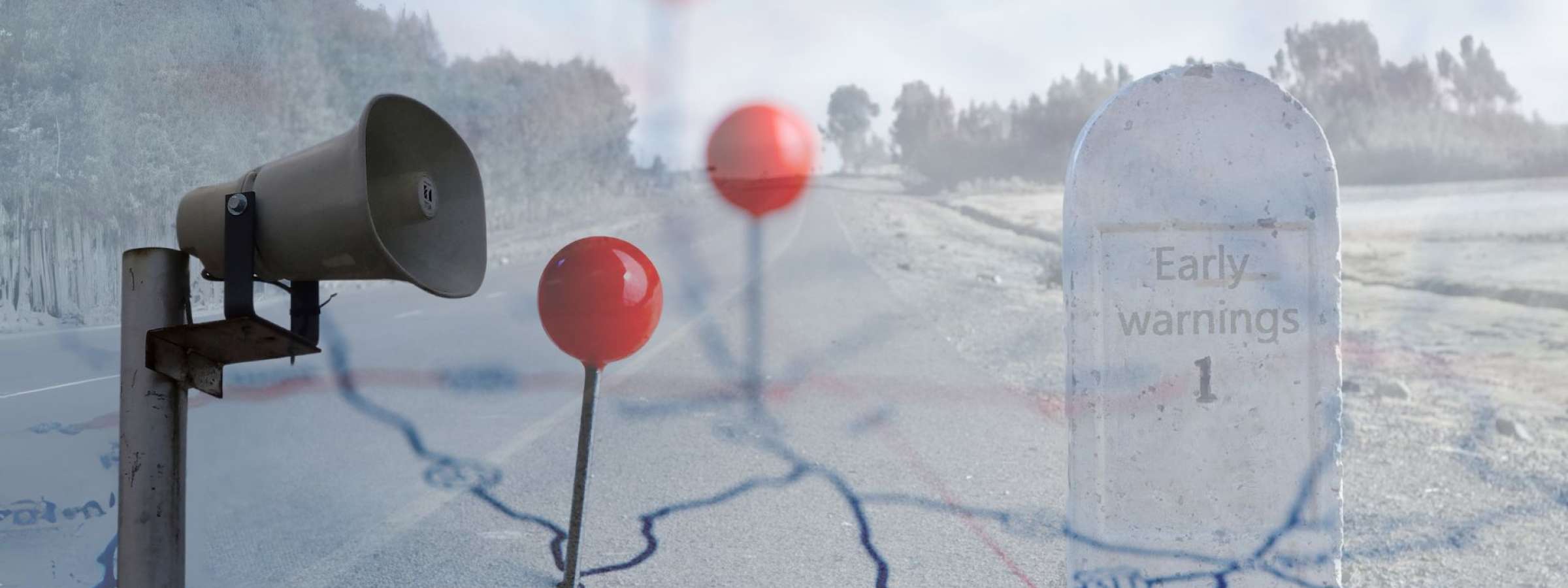
- SIDS lag in multi-hazard early warning coverage, which is why they make up almost half of the countries targeted in the initial phase of the Early Warnings for All Initiative.
- Challenges with access to finance mean that SIDS stay in perpetual recovery phases and miss opportunities to build back better.
“Small island States do not lack ambition, they lack finance. Developed countries must deliver, honouring the promise of $100 billion a year, replenishing the Green Climate Fund, and delivering a road map to double adaptation finance by 2025.”
António Guterres, UN Secretary-General
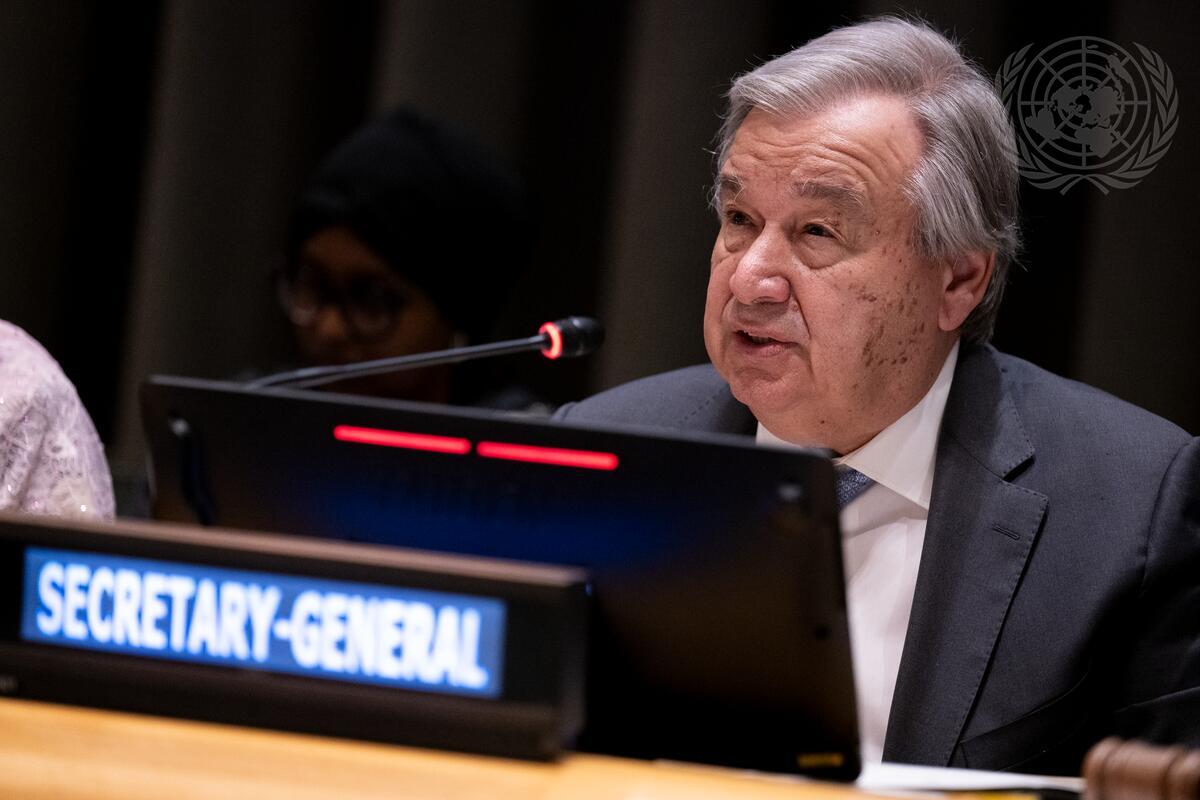
Call to action
What needs to change to help SIDS achieve and maintain “resilient prosperity”?
1. Political commitment to implementing a risk-informed approach to development and promoting a culture of risk prevention. This means:
- Clarifying in law roles and responsibilities to guide all sectors responsible for DRR.
- Increasing domestic financing to DRR through national DRR financing strategies or Integrated National Financing Frameworks and tracking expenditures to identify gaps and reduce inefficiencies in resource allocation.
- Breaking operational silos between sustainable development, DRR and climate action for a comprehensive approach to risk management.
- Ensuring risk reduction and resilience are considered in decision-making, especially high-cost investments such as infrastructure.
- Investing in capacity building and public service delivery in SIDS.
2. Support to SIDS for the implementation of DRR measures, through enhanced:
Financial assistance:
- Developed countries must deliver on their commitment to double adaptation finance to $40 billion a year by 2025 as a first step to devoting at least half of all climate finance to adaptation.
- We need to see much greater support for the new Loss and Damage Fund.
- Improved access to financing that takes into account multidimensional vulnerabilities of countries, as well as Concessional and preferential terms of lending and financing as called for in the 'Bridgetown Initiative.'
- Mobilizing additional resources from private sector for DRR and resilient investments
Technical assistance:
- SIDS require human, technological and institutional capacity development across Sendai’s four priorities, especially around risk analytics and resource mobilization.
- The operationalization of the Santiago network presents an opportunity for the international community to funnel their technical support through an internationally agreed mechanism that is dedicated to helping developing countries combat the worsening effects of the climate emergency.
Technology transfers:
Hand in hand with capacity building, SIDS require access to equipment and technologies. This includes technology for:
- Weather and hazard monitoring, including remote sensing and geographic information systems.
- Communication networks for early warning dissemination.
- Data generation, analysis, storage and access.
- Digitization of old records.
UNDRR support to SIDS
Throughout the lifetime of the SAMOA Pathway, UNDRR has been actively engaged in supporting its implementation and monitoring. Most recently, UNDRR responded to three of the calls to action that emerged from the midterm review of the SAMOA Pathway by providing support to:
- An examination of the disaster-related funding environment for SIDS through the publication of the 2022 study ‘Small Island Developing States: Gaps, challenges and constraints in means of implementing the Sendai Framework for disaster risk reduction”
- The development of a monitoring framework for the remainder of the SAMOA Pathway which includes indicators from the Sendai Framework Monitor.
- The development of a Multidimensional Vulnerability Index (MVI) for SIDS by serving as a member of the Secretariat to the High-level Panel.
UNDRR has also been supporting SIDS on the ground through several efforts, including:
- The expansion and strengthening of early warning systems through the Climate Risk and Early Warning Systems (CREWS) initiative and the implementation of the UN Secretary-General’s Early Warnings for All initiative, which covers 12 SIDS and had its first regional launch in the Caribbean.
- The adoption and implementation of UNDRR’s Comprehensive Disaster and Climate Risk Management (CRM) initiative, which breaks silos between the climate agenda and DRR. To date, 18 SIDS have benefitted from UNDRR’s technical support in using CRM tools.
- Empowerment of towns and cities to build their disaster resilience under the Making Cities Resilient 2030 (MCR2030) initiative, which includes 25 cities from eight SIDS.
- Strengthening infrastructure to be climate and disaster-resilient. Examples include working with the Coalition for Disaster Resilient Infrastructure (CDRI) to launch the Infrastructure for Resilient Island States (IRIS) initiative at COP26, and helping SIDS, such as Tonga and Trinidad and Tobago, apply UNDRR’s Principles for Resilient Infrastructure and conduct infrastructure stress testing.
- Empowering vulnerable groups to be represented in DRR plans and measures, especially women and persons with disabilities. This includes encouraging SIDS to conduct regular tsunami drills as part of UNDRR’s #GetToHighGround campaign, as was recently done in Tonga.
